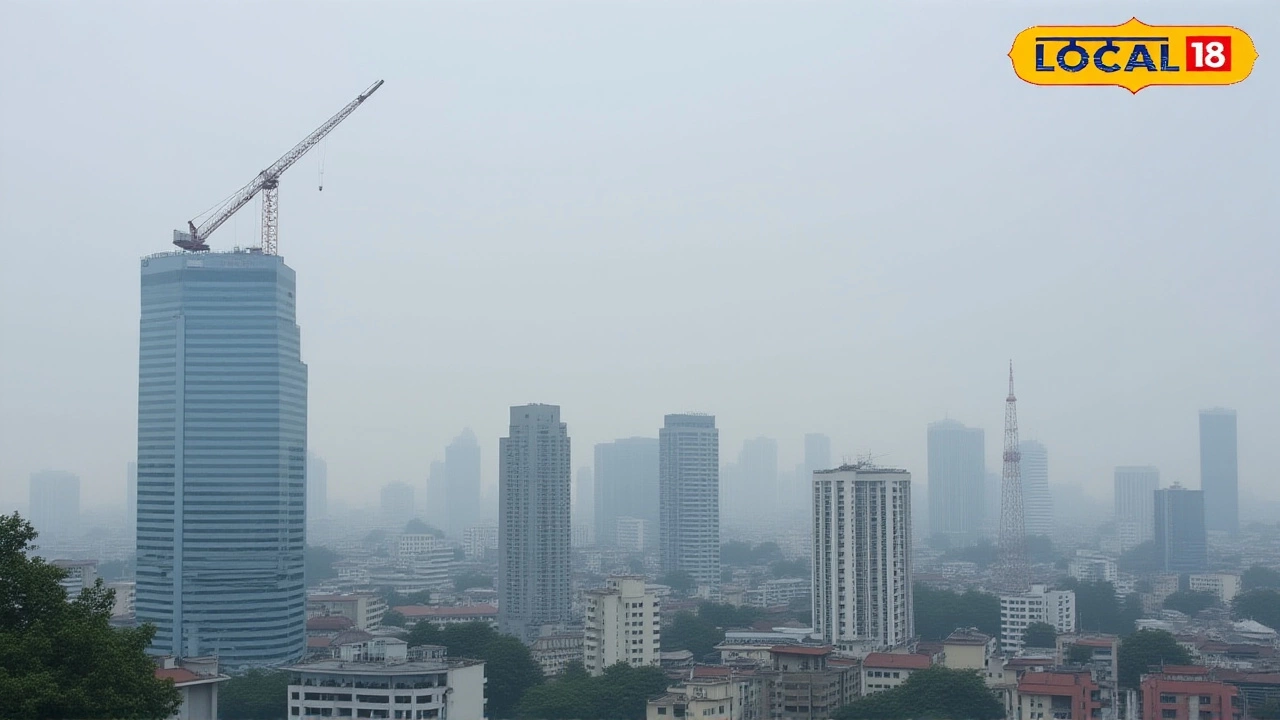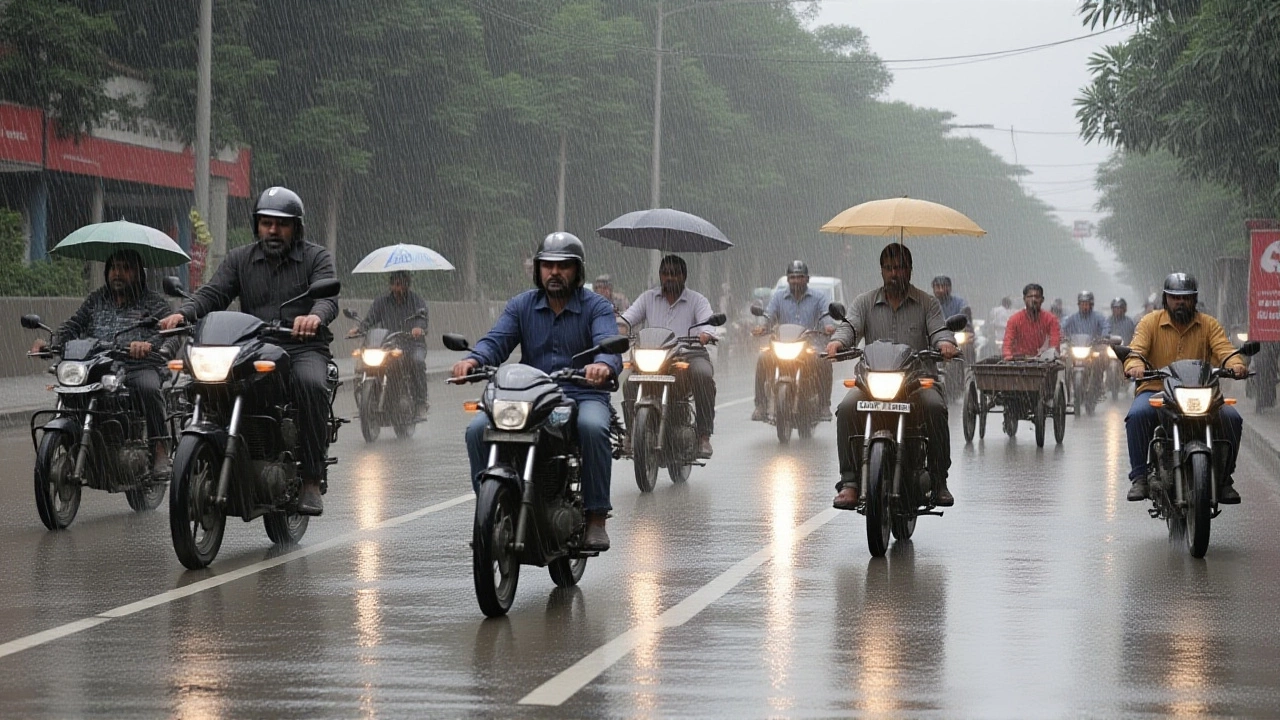India Meteorological Department: Your Go‑to Source for Weather and Climate Info
Ever wondered who’s behind those daily temperature reports, rainfall warnings, and monsoon predictions you see on TV? That’s the India Meteorological Department (IMD). It’s a government body that watches the skies, studies climate trends, and turns raw data into easy‑to‑understand forecasts for everyone—from farmers to city commuters.
What the IMD Actually Does
The IMD runs a network of more than 800 weather stations, weather radars, and satellites. Every hour it gathers temperature, humidity, wind speed, and pressure readings across the country. Using this data, meteorologists run computer models to predict short‑term weather (like tomorrow’s rain) and long‑term patterns (like the upcoming monsoon season). They also issue special alerts for extreme events such as cyclones, heatwaves, and fog.
One of the department’s most trusted services is the monsoon forecast. Since India’s agriculture depends heavily on monsoon rains, the IMD’s seasonal outlook helps farmers decide which crops to plant and when to irrigate. The department publishes the forecast in June, giving a month‑by‑month estimate of rainfall across different regions.
How You Can Use IMD Data Every Day
Getting weather updates from the IMD is simple. You can check the official website, download the mobile app, or follow their social media handles for real‑time alerts. For people who need more detailed info—like event planners or pilots—the IMD offers specialized bulletins that break down temperature trends, wind direction, and visibility for specific airports.
If you’re a farmer, look for the “Agri‑Weather Advisory” section. It translates the monsoon outlook into actionable tips, such as optimal sowing dates and recommended irrigation schedules. For anyone living in flood‑prone areas, the “River‑Flood Forecast” shows how much water is expected in major rivers, helping you prepare before the water rises.
Businesses also rely on the IMD’s climate data. Construction companies use wind‑speed forecasts to schedule crane work safely. Power utilities monitor temperature forecasts to anticipate electricity demand spikes during heatwaves. Even tourism operators check the weather outlook to plan safe travel routes.
One handy trick is to set up email or SMS alerts for your city. The IMD lets you subscribe to daily forecasts, so you’ll never miss a sudden storm warning. This is especially useful during the pre‑monsoon months, when thunderstorms can pop up unexpectedly.
Beyond forecasts, the IMD contributes to climate research. It maintains a historic database of weather records going back more than a century. Researchers use this data to study climate change impacts, such as rising temperatures and shifting rainfall patterns. The department also collaborates with international agencies to improve global weather models.
In short, the India Meteorological Department isn’t just a government agency—it’s a daily partner for anyone who needs to stay ahead of the weather. By tapping into its free forecasts, alerts, and advisory services, you can make smarter decisions, protect your property, and keep your plans on track, no matter what the sky throws at you.
Delhi NCR faced shallow fog and light drizzle on October 30, 2025, with temperatures dipping to 30°C as the India Meteorological Department warned of worsening smog through early November.
Oct, 30 2025
IMD warns heavy rain, hail and 21 cm downpours across north India during Dussehra, impacting travel, festivals and daily life from Oct 5‑7, 2025.
Oct, 2 2025

